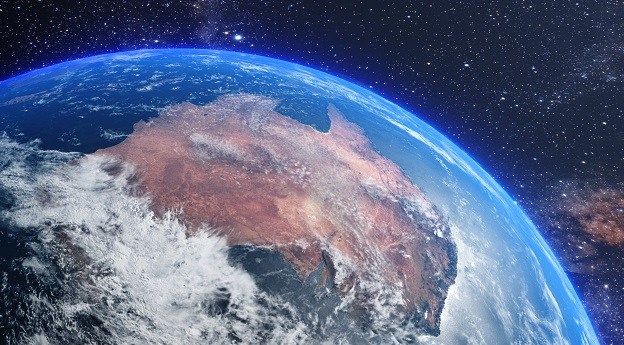
Australia is in need of an early warning system to increase its ability to manage natural disasters, according to Linlin Ge, associate professor at the University of New South Wales School of Surveying and Spatial Information Systems.
Writing in the Melbourne Age, Ge says the current floods in Queensland – where tens of thousands of people had only hours to prepare – could have been better managed if such a system were in place.
“Australia should have an early warning system that would allow authorities to predict flash floods and give a timely warning to people in the path of danger,” writes Ge.
One option is an Australia-specific Earth-observation satellite, suggested in a recent defence white paper.
But a $5m investment in a ground-receiving station would allow Australia to better harness the power of other satellites passing overhead, such as the recently launched Japanese ’Michibiki’, which will provide very good coverage of Australia.
Ge and his department have been supplying Queensland emergency authorities with high-resolution satellite radar imagery of the flood zones since December, but it has been a lengthy process.
“ We have had to rely on radar images taken by Earth-observation satellites owned by the Italian space agency,” he writes.
“This has meant delays of up to six hours whilst our researchers wait for the satellites that have imaged the Australian disaster zone to pass over European ground stations to download their data.”
Then they have to wait for the large volume of data, in the order of one to five gigabytes, to be decoded at the overseas facility and delivered back to Australia via the internet for processing.
With its own ground station Australia could obtain the data in less than 30 minutes.
Satellite radar can penetrate clouds and take images day and night to track how quickly water is moving, a vital tool in verifying flood prediction models and getting information to relief workers on the ground.













